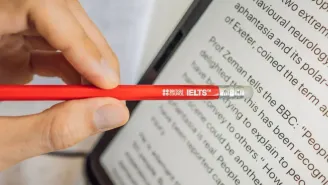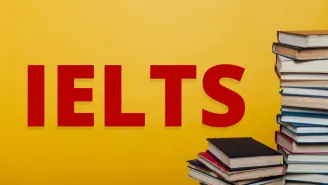The Lost City Reading passage
The Lost City Reading Passage
Paragraph 1
In 1911, when the American traveller and academic Hiram Bingham arrived in South America, he knew he was about to do the greatest achievement of his life: discovering a land far away from the west of Cusco. It was an old capital of the Inca empire in the Andes mountains of Peru. He aimed at finding the remains of a city called Vitcos, the last capital of the Inca civilisation.
Paragraph 2
Cusco is located on a high plateau at an altitude of more than 3 thousand metres, and Bingham’s plan was to come down from this plateau along the valley of the Urubamba River, which takes a longer route down to the Amazon and passes through an area of canyons and mountain ranges.
Paragraph 3
In late July, when Bingham and his team descended to the Urubamba, they had an advantage over the travellers who came after them. Recently a track had been made down the canyon to facilitate transportation of rubber by mules from the jungle. Almost all travellers who went earlier had left the river at Ollantaytambo and taken a longer way through the mountains to join the river at the bottom, thereby cutting an important corner and never passing through the area around Machu Picchu.
Paragraph 4
On July 24th, they were a few days down the valley. The day began slowly, with Bingham trying to arrange enough mules for the next part of the trek. His companions showed no interest in going with him up the nearby hill to see some remains that Melchor Arteaga, a local farmer, had told them about the previous night. The morning was cloudy, and also seemed to have been less than keen on the prospect of climbing the hill. In his book Lost City of the Incas, he relates that he climbed the hill without having the hope of finding anything at the top.
Paragraph 5
Bingham wrote about the mission clearly in his book. First, as he climbs up the hill, he narrates about the possibility of deadly snakes that have the ability to spring when in pursuit of their prey, not that he sees any. As he comes across great sweeps of terraces there’s a sense of mounting discovery. Then there is a mausoleum, monumental staircases and finally a grand ceremonial building of Machu Picchu. 'It seemed like an unbelievable dream. The sight held me fascinated’, he wrote.
Paragraph 6
The Lost City of the Incas is, however, a work of hindsight, not written until 1948, many years after his journey. His stories of the time reveal a much more gradual admiration of his achievement. Noting down the dimensions of some of the buildings, he spent the afternoon at the ruins and then went down and rejoined his colleagues, to whom he said nothing about his discovery. At that time, he didn’t realise the extent or the importance of the site, nor did he realise what use he could make of the discovery.
Paragraph 7
Soon after he returned, it occurred to him that he could be famous for this discovery. He knew he had to produce a big idea when he came to write the National Geographic magazine article that published the story to the world in April 1913.
Paragraph 8
He wondered whether the very first Inca, Manco the Great, was born here and whether it could also have been what chroniclers described as ‘the last city of the Incas’. This term refers to Vilcabamba, the community where the Incas had run away from Spanish invaders in the 1530s. Bingham made multiple attempts to prove this belief for nearly forty years. Sadly, he had an inaccurate vision of the site as both the beginning and end of the Inca civilisation. What we know is that Vilcabamba lies 65 km away in the jungle.
Paragraph 9
One question that has confused all the visitors, historians and archaeologists alike is why the site seems to have been abandoned before the Spanish Conquest. It is not stated by any of the Spanish chroniclers. They would certainly have come in search of gold, if they had known of its existence so close to Cusco.
Paragraph 10
The idea that it was a country estate built by an Inca emperor to escape the cold winters of Cusco, where the elite could enjoy monumental architecture and spectacular views, has gained wide acceptance over the past years. The particular architecture of Machu Picchu suggests that it was constructed at the time of the greatest of all the Incas, the emperor Pachacuti (1438-71). By custom, Pachacuti’s descendants built other similar estates for their own use some 50 years before the Spanish Conquest, so Machu Picchu would have been deserted after his death.
The Lost City Reading Question & Answers
Discover exciting and informative IELTS reading answers about The Lost City






